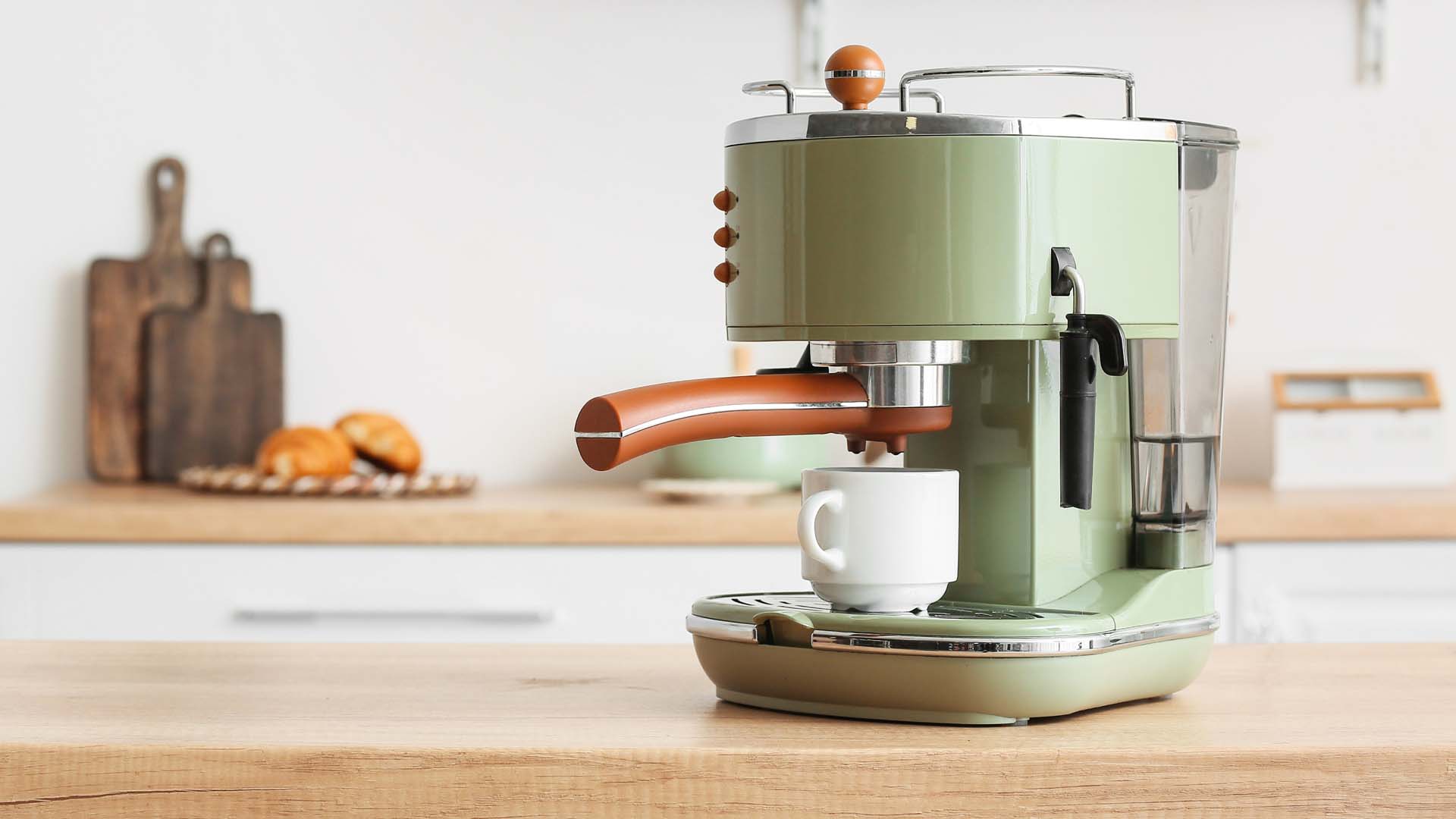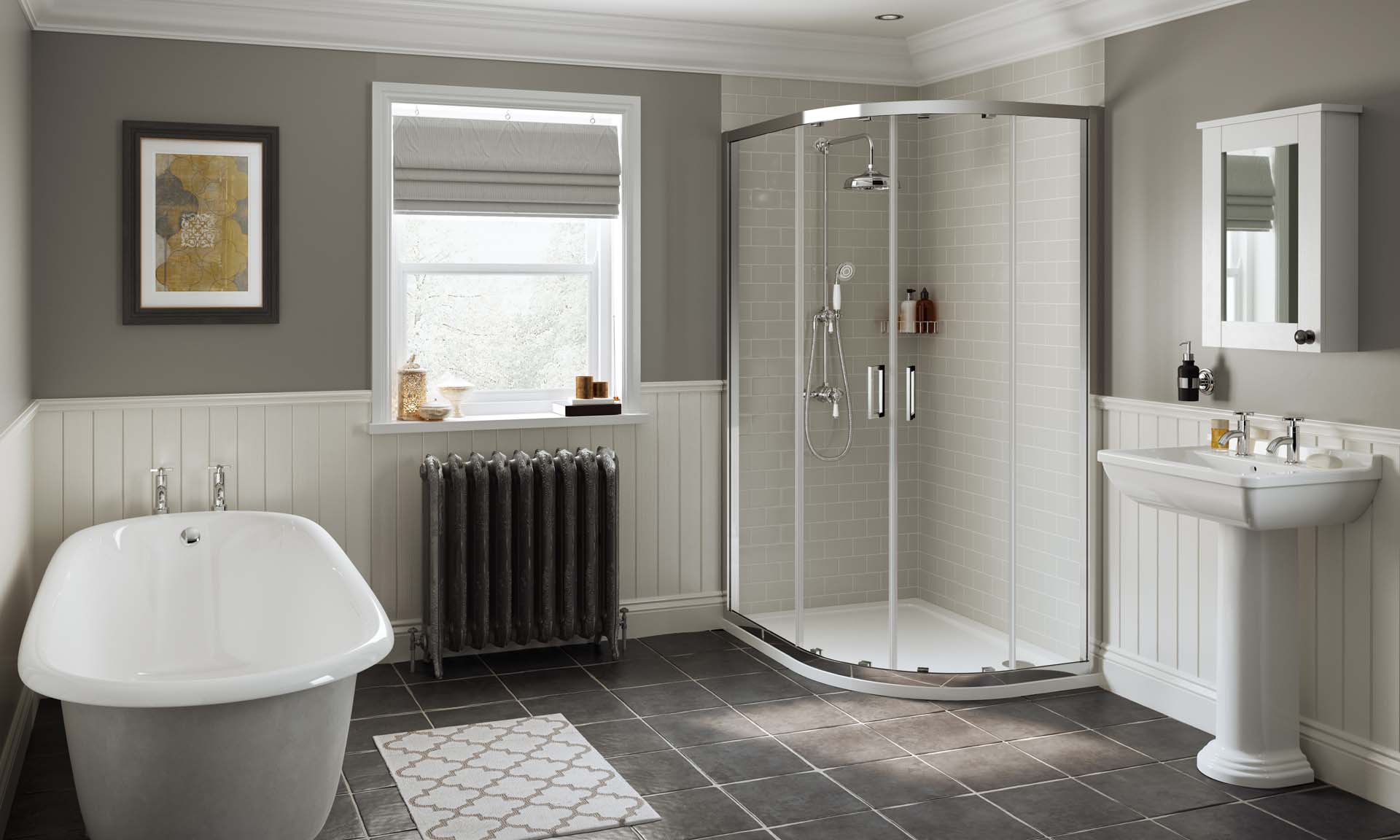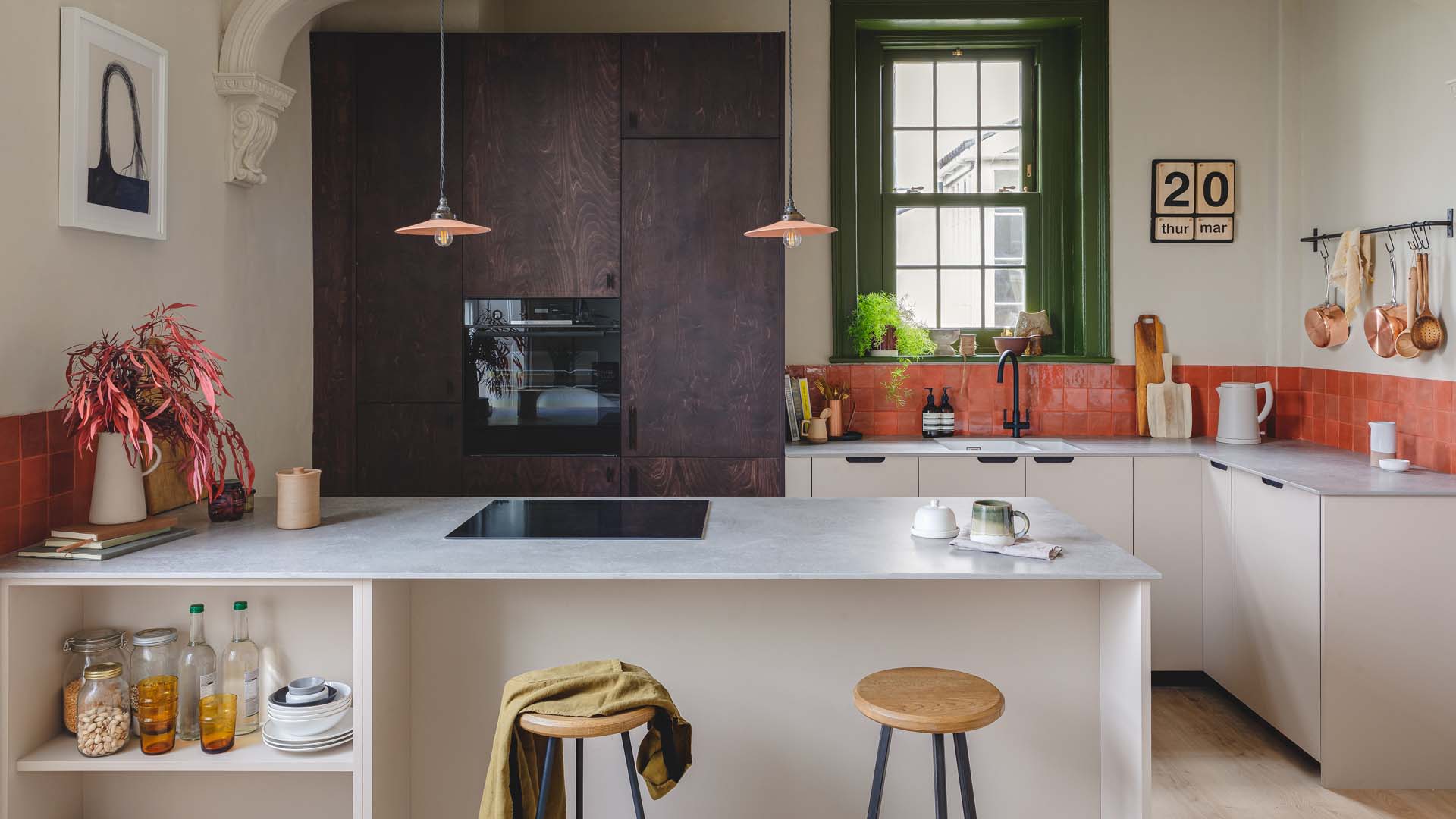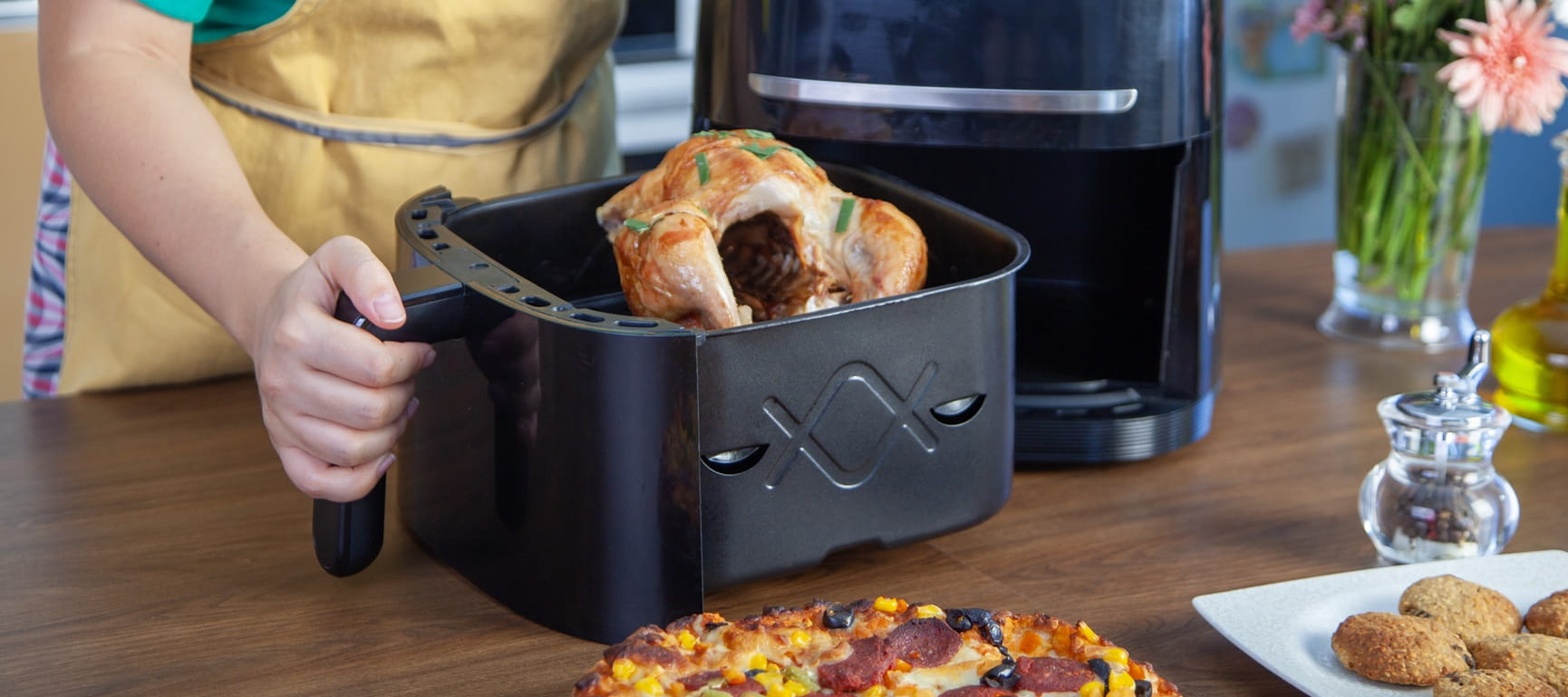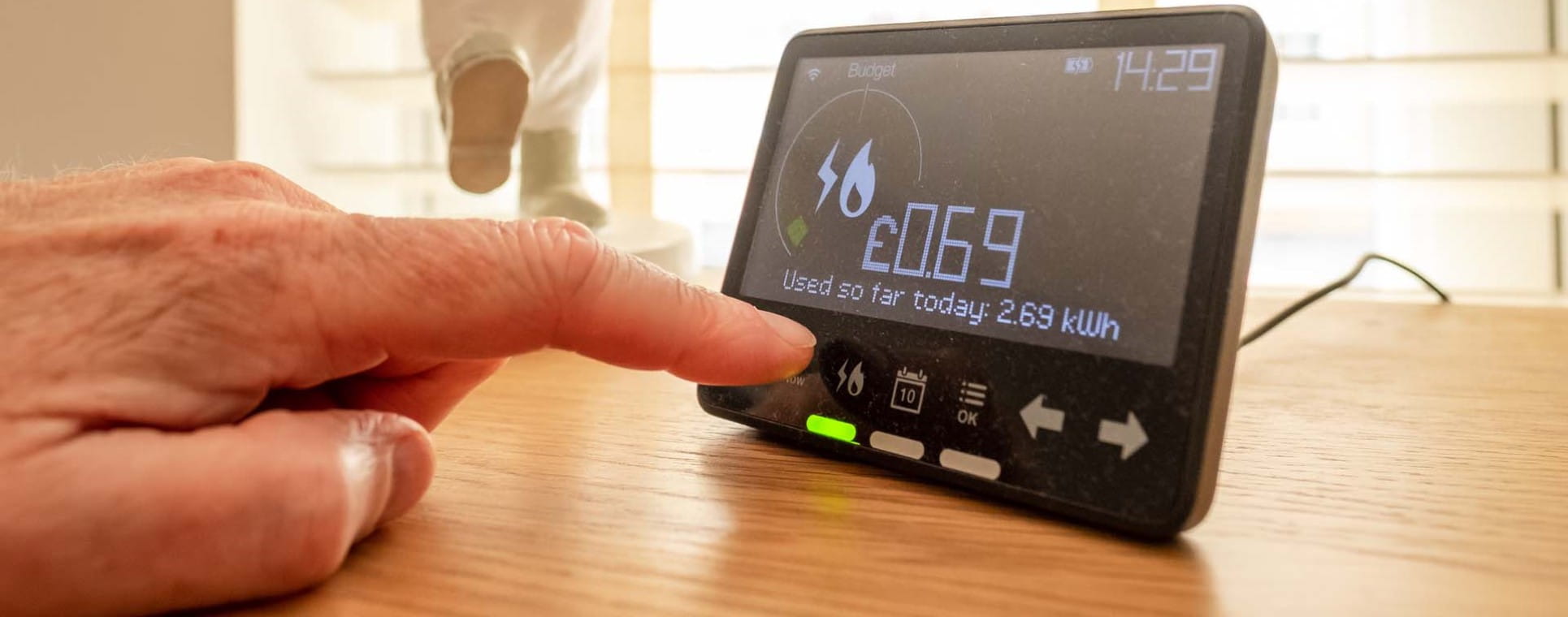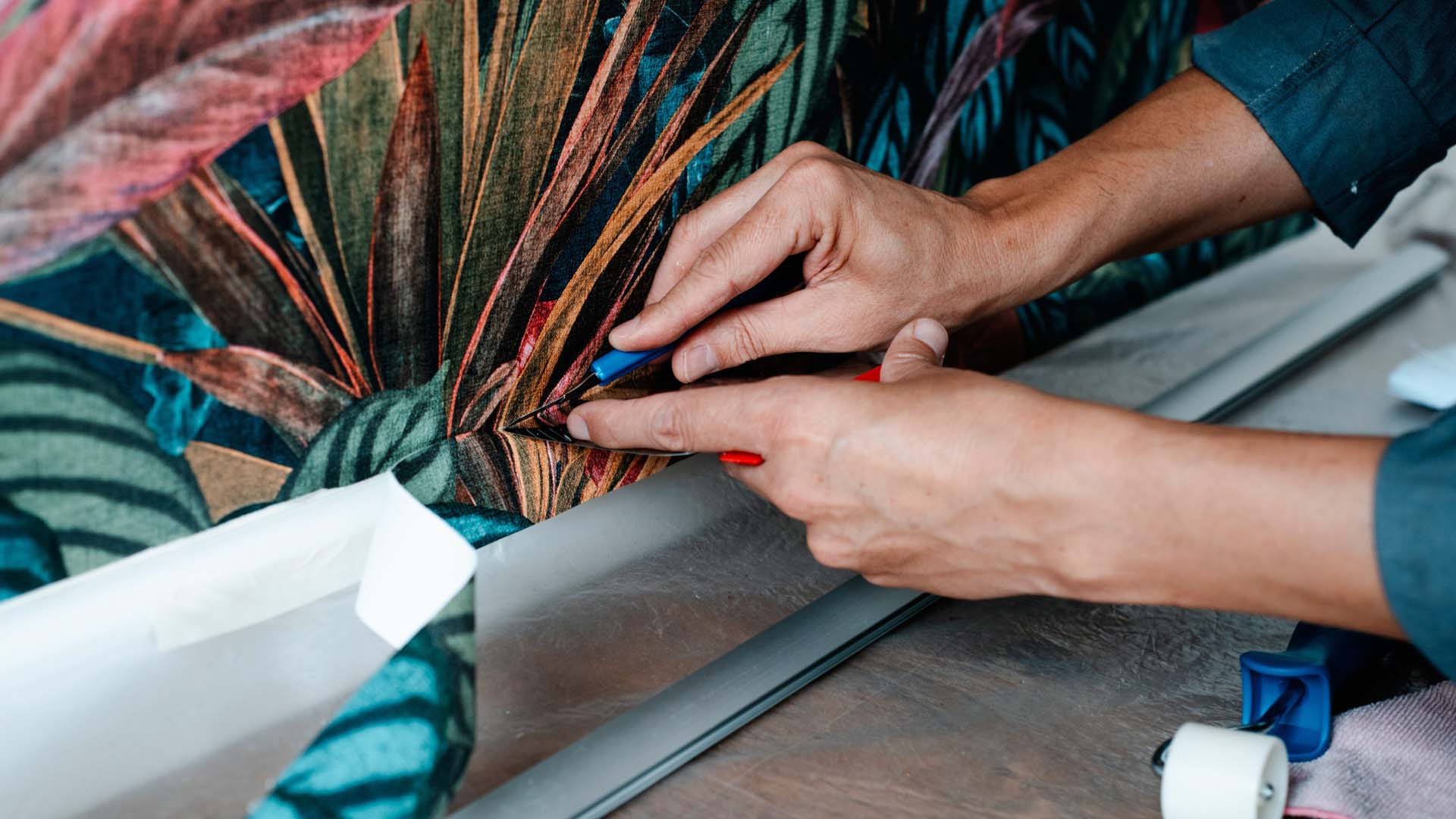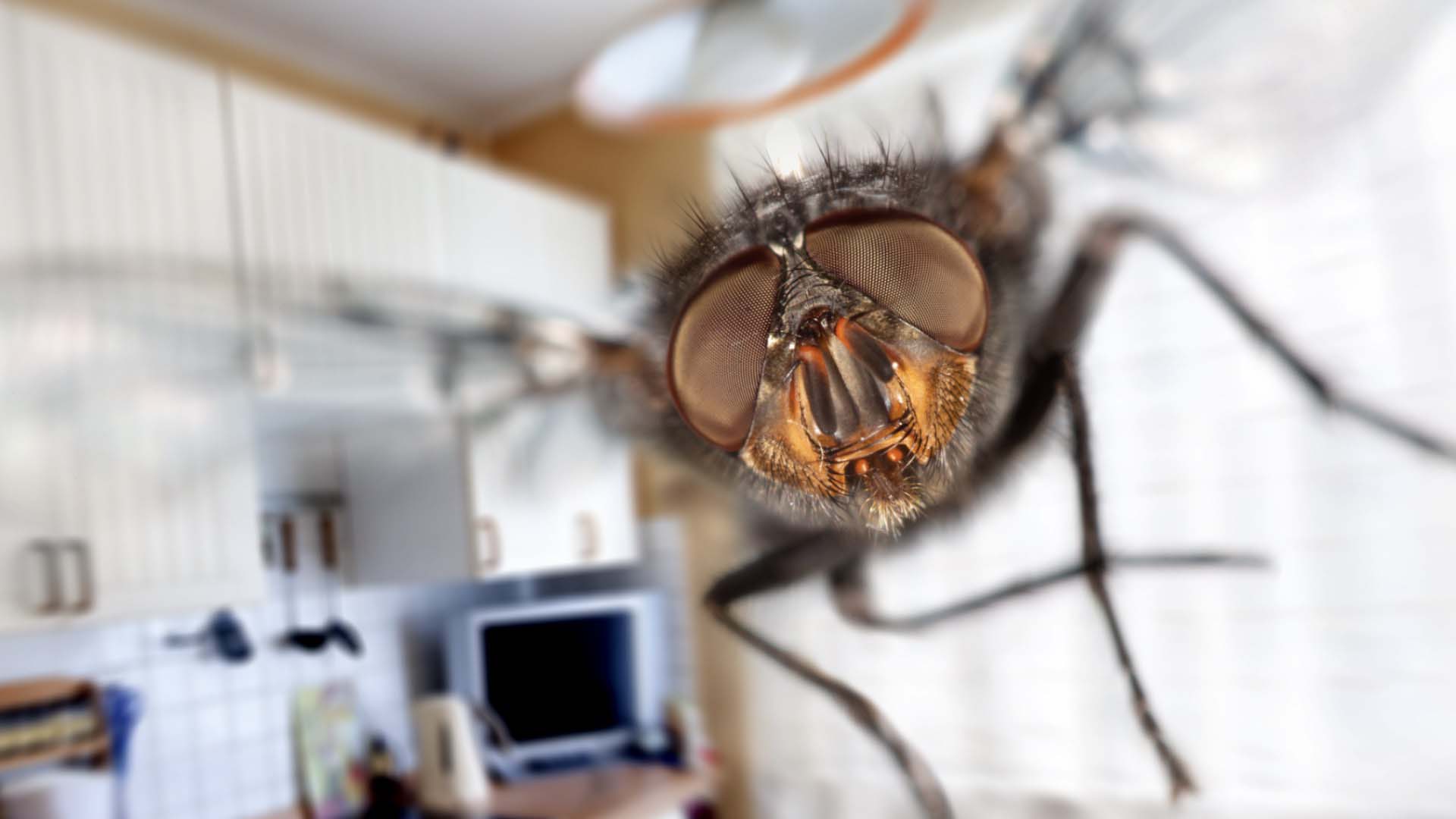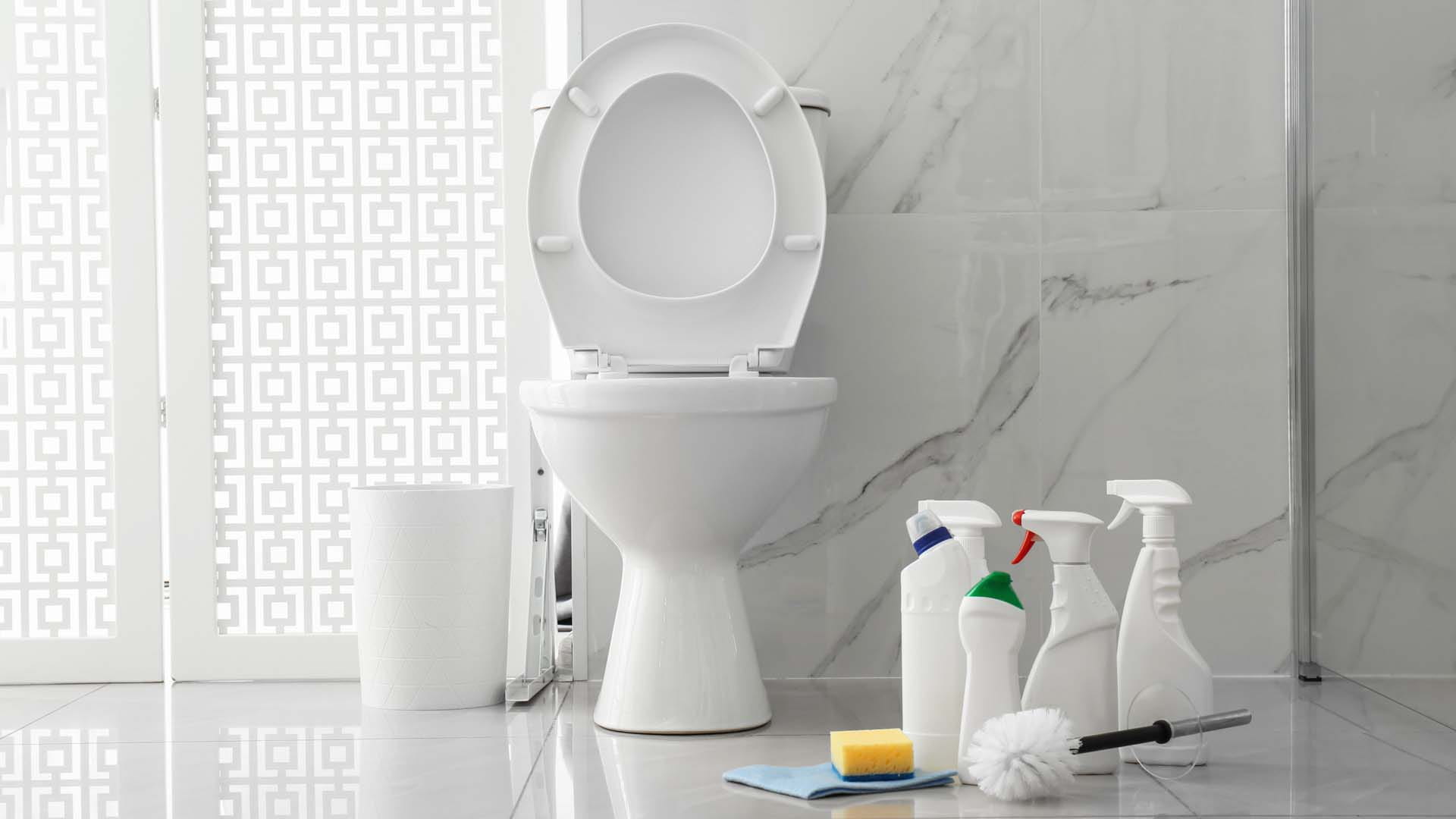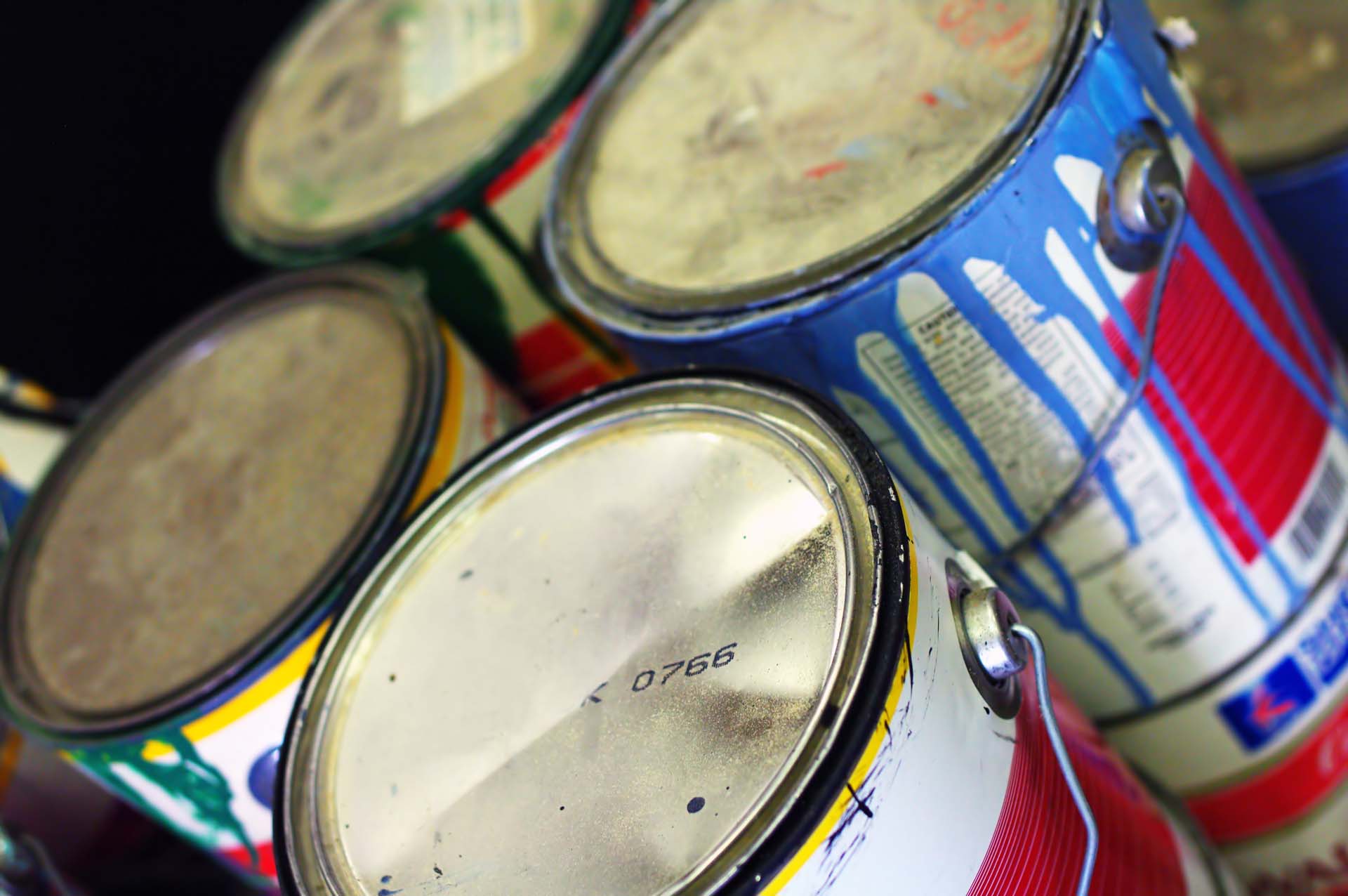Why your fridge is a germ hotspot – and how to fix it
If you think your refrigerator is the cleanest place in your kitchen, think again. It’s a haven for bacteria – which can lead to illness. Here’s what to do about it.

If you think your refrigerator is the cleanest place in your kitchen, think again. It’s a haven for bacteria – which can lead to illness. Here’s what to do about it.

You trust it with your milk, your salad, even last night’s leftovers, but your fridge might be turning on you. Without the right care, your fridge can become a playground for germs, a haven for mould and bacteria, as well as a source of unpleasant odours.
More than half of the fridges tested in one study had at least one type of harmful bacteria lurking inside – the kind of bugs that can lead to nasty side effects like vomiting, diarrhoea and flu-like symptoms, including well-known culprits like E. coli, salmonella and listeria.
We’ve all unearthed a forgotten lettuce liquefying in the vegetable drawer, and apart from the gross factor, this is exactly the place for bacteria to thrive if not cleaned regularly.
Research has found that your average vegetable drawer can harbour more bacteria per square centimetre than a toilet seat.

And it’s not just the veggie drawer you need to worry about. Door seals and fridge handles are germ hotspots too.
Seals tend to get missed during cleaning and can trap crumbs and spills, while handles are touched constantly but rarely wiped down properly. In homes with more relaxed cleaning routines, handles were found to be some of the most bacteria-laden areas, right up there with the dreaded salad drawer.
You’d think the fridge would be one of the cleanest, safest spots in your kitchen – it’s cold, after all. But that chill isn’t always enough to keep bacteria at bay, especially as many people don’t have their fridges set to the right temperature.
Nearly 60% of fridges tested in a survey were running warmer than the recommended 5°C. Some were even hitting temperatures above 10°C, which is far too warm to keep food safely chilled.
So, what’s going on? Even with today’s “smarter” fridges, many don’t have accurate or easy-to-read temperature displays. And, let’s be honest, when was the last time you checked (or even adjusted) the settings? Most of us – in fact 68% of households – just plug in and hope for the best.
Then there’s the classic fridge door linger. Every time we stand there debating between cheese or chocolate, warm air rushes in. The longer the door stays open, the more the temperature rises, creating the perfect breeding ground for bacteria.

Then there’s the classic fridge door linger. Every time we stand there debating between cheese or chocolate, warm air rushes in. The longer the door stays open, the more the temperature rises, creating the perfect breeding ground for bacteria.
It’s not just about temperature either. A hygienic fridge also needs good airflow and smart storage. Overstuffing shelves can block ventilation and create warm spots.
A truly hygienic fridge also demands regular cleaning to keep those nasty germs from thriving. According to Sarah Dempsey, cleaning expert at MyJobQuote.co.uk, you should clean your fridge in small doses regularly to prevent it from smelling and to stop harmful bacteria from breeding.
“A regular fridge clean should be completed every few days,” she recommends. “It’s also essential to perform deep cleans every now and again to keep your fridge in the best possible state. Your fridge is the hardest working appliance in the kitchen and keeping it at its best will ensure it has a long life.”
First, you need to get the temperature under control.
To keep your fridge at the right temperature, aim for 5°C or below. This slows down the growth of harmful bacteria and keeps your food fresher for longer. If your fridge doesn’t have a built-in thermometer, it’s worth popping a small thermometer inside to check.
Avoid overloading shelves as crowded fridges can block air circulation and lead to uneven cooling. Keep the door closed as much as possible (no lingering snack decisions!), and if your fridge has manual controls, adjust them with the seasons – warmer kitchens in summer may mean you need to keep your fridge running at a lower temperature.

Once that’s done, it’s important to do a deep clean. Sarah suggests doing this a few times a year. Here’s her step-by-step guide:
Tip: If you’re concerned about using strong cleaning chemicals near food, opt for natural options like white vinegar or lemon juice, which are both food-safe and effective

Your fridge should be your kitchen’s safest space, not a secret petri dish, however a few good habits can go a long way in keeping those germs at bay.
Keep raw and cooked food separate: Raw meat, poultry and fish can carry harmful bacteria like Salmonella or E. coli, which can easily transfer to ready-to-eat items if they're stored together or if juices drip onto other foods. By keeping raw food sealed and on the bottom shelf, and cooked or ready-to-eat food higher up and separate, you reduce the risk of cross-contamination and help keep your fridge a safer, more hygienic space.
Clean up spills immediately: “If you wait too long to clean up spills, this could lead to excess moisture in your fridge which could potentially damage the appliance and pose a health risk,” says Sarah. The longer a spill sits, the harder it’ll be to clean later. It’s best to wipe up any messes as soon as they happen – or at least as soon as you spot them – before they turn into a sticky, stubborn mess.
Regularly check for expired items: When food goes off, it can release moisture, odours and even leak, all of which creates the perfect environment for germs to spread to nearby items. By clearing out anything past its use-by date, you not only make space but also keep the rest of your food safer and fresher for longer.
Don’t ignore those bad smells: They are often an early sign of bacteria or expired food. If something’s whiffy, don’t ignore it – track down the culprit.
Jayne cut her online journalism teeth 24 years ago in an era when a dialling tone and slow page load were standard. During this time, she’s written about a variety of subjects and is just at home road-testing TVs as she is interviewing TV stars.
A diverse career has seen Jayne launch websites for popular magazines, collaborate with top brands, write regularly for major publications including Woman&Home, Yahoo! and The Daily Telegraph, create a podcast, and also write a tech column for Women’s Own.
